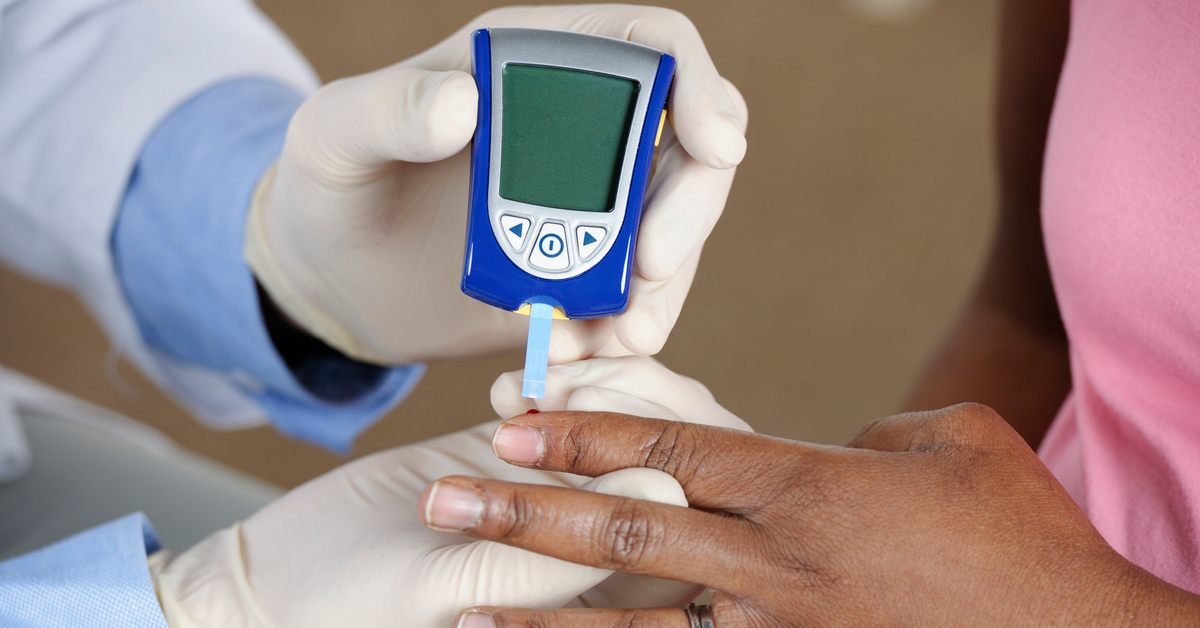Hearing your doctor say the word “diabetes” could certainly be unsettling. Fortunately, a prediabetes diagnosis doesn’t have to be a cause for concern. Instead, it can be an opportunity for you to take matters into your own hands and make sure your prediabetes doesn’t progress into type II diabetes. Keep reading to find out more about prediabetes symptoms and treatments.
What is Prediabetes?
Prediabetes is a condition wherein a patient has higher than normal sugar levels in your blood. This elevated blood sugar doesn’t yet qualify you for a Type II diabetes diagnosis, but it is a serious warning sign. According to the CDC, approximately 88 million American adults—more than 1 in 3—have prediabetes. So what causes prediabetes?
Having prediabetes means that cells in your body don’t properly respond to insulin. Insulin is a hormone produced by your pancreas to help your cells absorb sugar and use it for energy. When cells don’t properly respond to insulin, your pancreas starts making more insulin to try and get your cells to respond. Eventually, your pancreas is unable to keep up, causing your blood sugar to spike.
Symptoms and Signs of Prediabetes
It’s possible to have prediabetes for years without noticing any symptoms. Undetected prediabetes can progress into a more serious type II diabetes, so it’s important to know which symptoms to look out for. The following are some of the signs and symptoms of prediabetes.
- Increased thirst
- Frequent urination
- Excess hunger
- Fatigue
- Blurred vision
In addition to knowing which symptoms are associated with prediabetes, it is helpful to know that some conditions may make you more likely to develop prediabetes. Talk to your doctor about getting your blood sugar tested if you have any of the following risk factors for developing prediabetes:
- Being overweight
- Being 45 years or older
- Having a parent, brother, or sister with type 2 diabetes
- Being physically active less than 3 times a week
- Having gestational diabetes or giving birth to a baby who weighed more than 9lbs
- Having polycystic ovary syndrome
Treating Prediabetes
Individuals can typically treat prediabetes with a series of lifestyle changes. The following are some lifestyle change recommendations to help you get started:
- Eat healthy foods
- Be more active
- Lose excess weight
- Stop smoking
- Talk to your doctor about available medications
When to See a Doctor
If you are concerned about diabetes, notice signs and symptoms associated with diabetes and prediabetes, or have risk factors that make you more likely to develop prediabetes, it might be time to ask your doctor about blood sugar screening. Here at UAB Medical West, we are happy to guide you through the testing, diagnosis, and treatment process for blood sugar levels and prediabetes.
UAB Medical West is Here for Your Diabetic Needs
Keeping healthy blood sugar levels can help prevent the development of prediabetes or a more serious type II diabetes. If you’d like to find out more about prediabetes and blood sugar screenings, don’t hesitate to reach out to us! Schedule an appointment with us today – in Hueytown, Hoover, Bessemer, McCalla, and Vance.
